Scottish marble cats: color features, description of the breed and subtleties of grooming

The color of the Scottish cat breed is diverse. Its regulation occurs at the gene level. The main are two colors: red and black. Their saturation and intensity determines the shade of the hair of the animal.
Features of marble color, types
The fur of a Scottish marble cat looks very impressive. Several common features of the figure are highlighted:
- the presence of dark lines on a light background;
- bright arrows coming from the outer and inner corner of the eye;
- the letter "M" on the forehead;
- hairs at the base are light, darkening to the tips;
- striped tail (wide rings);
- bright stripes on the neck and chest, framing like a necklace;
- spots, circles on the sides, located symmetrically relative to the line of the spine.
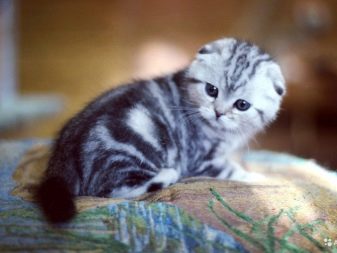
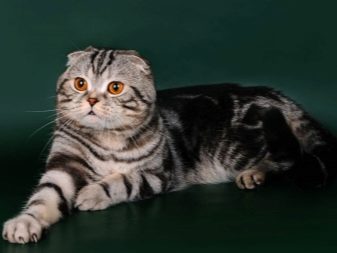
Each individual species has its own color scheme. Black marble (another name is brown) has a warm beige background, and the pattern is dark brown, almost black in some places. Undercoat - light beige. The eyes of the animal are saturated in amber color, the paw pads are black.
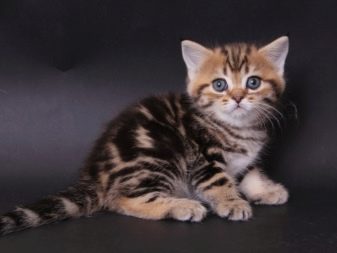
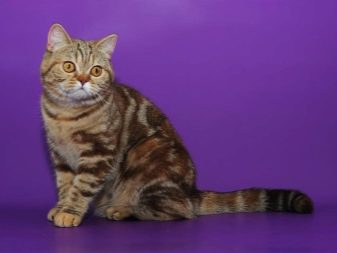
Marble on silver differs from the undercoat described above. On a light, silver background, dark spots look like a bright contrast. The shade of a cat's eyes varies from amber to honey. There are individuals with a green iris. The paw pads are black.
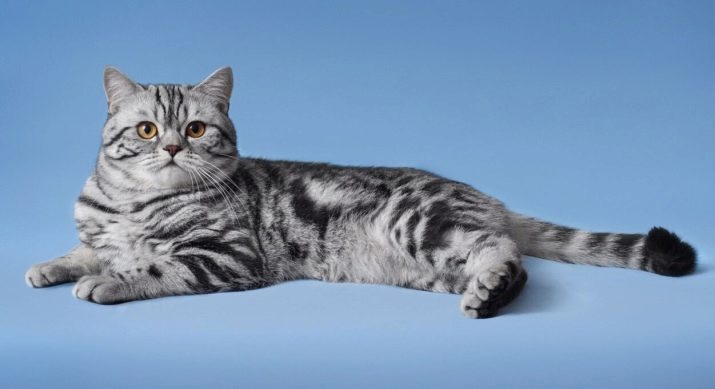
In blue marble, the main color of the coat is bluish-gray. The peculiarity of the view lies in the fact that the pattern does not have such a vivid expression as in the black or silver type. It is slightly blurry. The iris is amber. The color of the paw pads is gray.
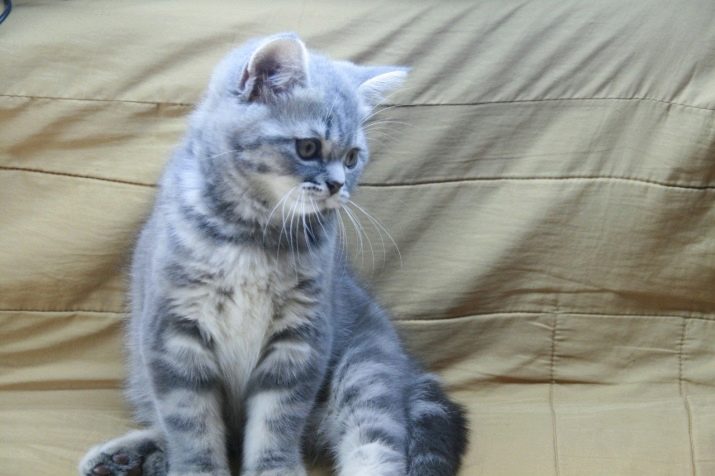
If the animal has the pheomelanin gene, then the predominant shade of hair is red.Such individuals include red marble. Red marble kittens have a rich yellowish primary color of the fur on which the orange pattern is located. The pigment is also present in the iris; it is yellowish brown. The pads on the pads are pale pink.
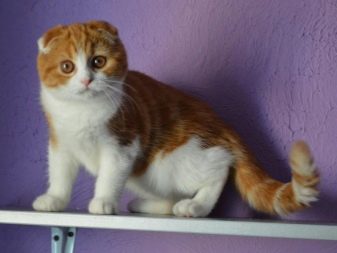

Of particular interest is the tortoise view. It can only be seen in females. The body of individuals combines two pigments: black and red. As a result, the animal looks like black marble, in which there are randomly scattered red spots. Such "sunny" inclusions do not always give the pet an attractive appearance. A speck can be seen on one of the fingers of the foot. Tortoiseshell cats, respectively, produce black or red Scottish marble offspring, which is why this species is a favorite of the "cat owners".
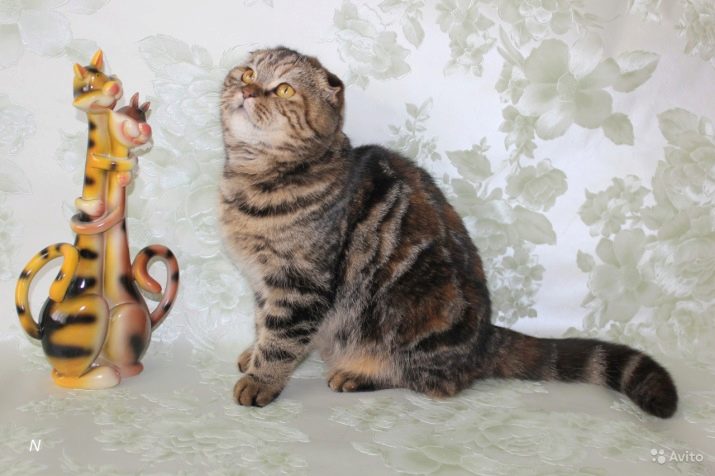
Marble on gold is considered a rare color. Outflow of noble metal provides undercoat. The figure surprisingly combines black and apricot colors. The iris is green, the skin of the paw pads is black.
There are different shades of brown in the chocolate shade. This is a very beautiful pet with amber eyes and brown paw pads. Breeders are especially careful in selecting a feline pair of marble tabby so that as a result amazing offspring are born.
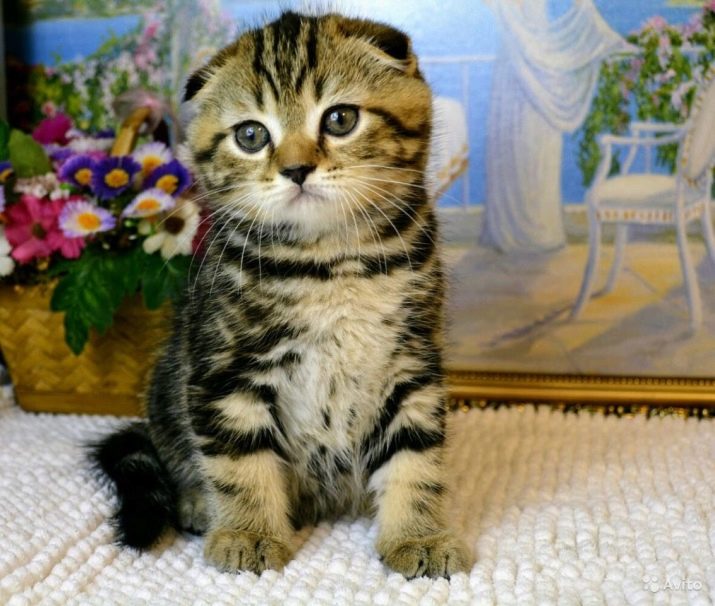
Do not purchase a kitten from strangers. Take advantage of feedback from friends and acquaintances. There is a false marble color, which is clearly visible in the baby. As you grow older, the pattern will lose its saturation. Do not believe when you are assured that it will become brighter. Buyers who contact dishonest sellers are not immune from such trouble.
Description of the breed, character
The Scottish breed has a round head located on a strong short neck. The nose is short, the jaws are powerful. The tail of the animal is long, it becomes narrower to the tip. Rounded legs are medium in length. A characteristic feature - round eyes, giving the face a funny, surprised expression. The pronounced cheeks are a little down.

The nature of this breed is complaisant. The animal is calm, sociable and at the same time not requiring increased attention to its own person. Often sympathizes to a greater extent with any one member of the family, becomes attached to him. This cat cannot be called tame. The pet will prefer to sit or lie next to its owner than spend time in his arms.
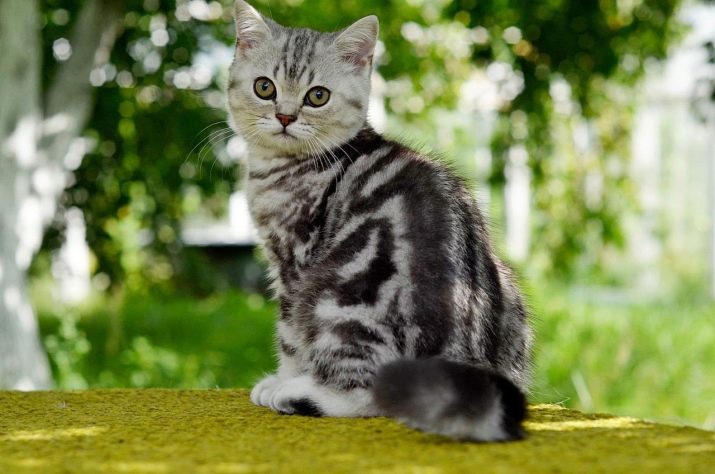
The Scot is an intellectual. He accepts the living conditions in the apartment and knows what he is allowed to do and what not. Such a resident does not cause trouble: he does not spoil furniture, wallpaper, etc. Their playfulness and curiosity are developed in moderation. Kittens quickly adapt to their surroundings, regardless of the prevalence of noise or silence, so families with children can start this breed. Hyperactivity of kittens disappears over time. Growing up, the animal becomes more calm and balanced.
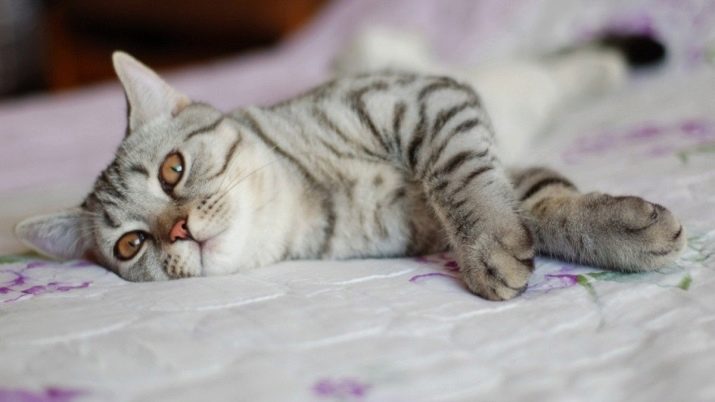
Maintenance and care
The Scots do not require any special attention. To make the pet feel good, comb his hair once a week. Necessary timely claws. Use only cat accessories sold in specialized stores for procedures. If the little animal likes to sharpen its claws on furniture, buy him a scratching post.

The breed is cleanliness, so you can bathe a cat only once a month. Get shampoo specially made for cats. Clean the ears as necessary with a cotton swab dipped in a special solution. Do not forget to periodically carry out preventive anthelmintic treatment.
In order for the animal’s stomach to function normally, feed the animal with cat food. Do not buy a cheap option. Only premium feeds will not harm health, as they are really balanced and do not contain harmful additives.
The assortment of cat food is diverse.Choosing the right one, depending on age and lifestyle, is easy and simple. If you prefer dry food, keep in mind that there should always be water in the public domain.

In the next video, you can observe the behavior of Scottish marble kittens.

































